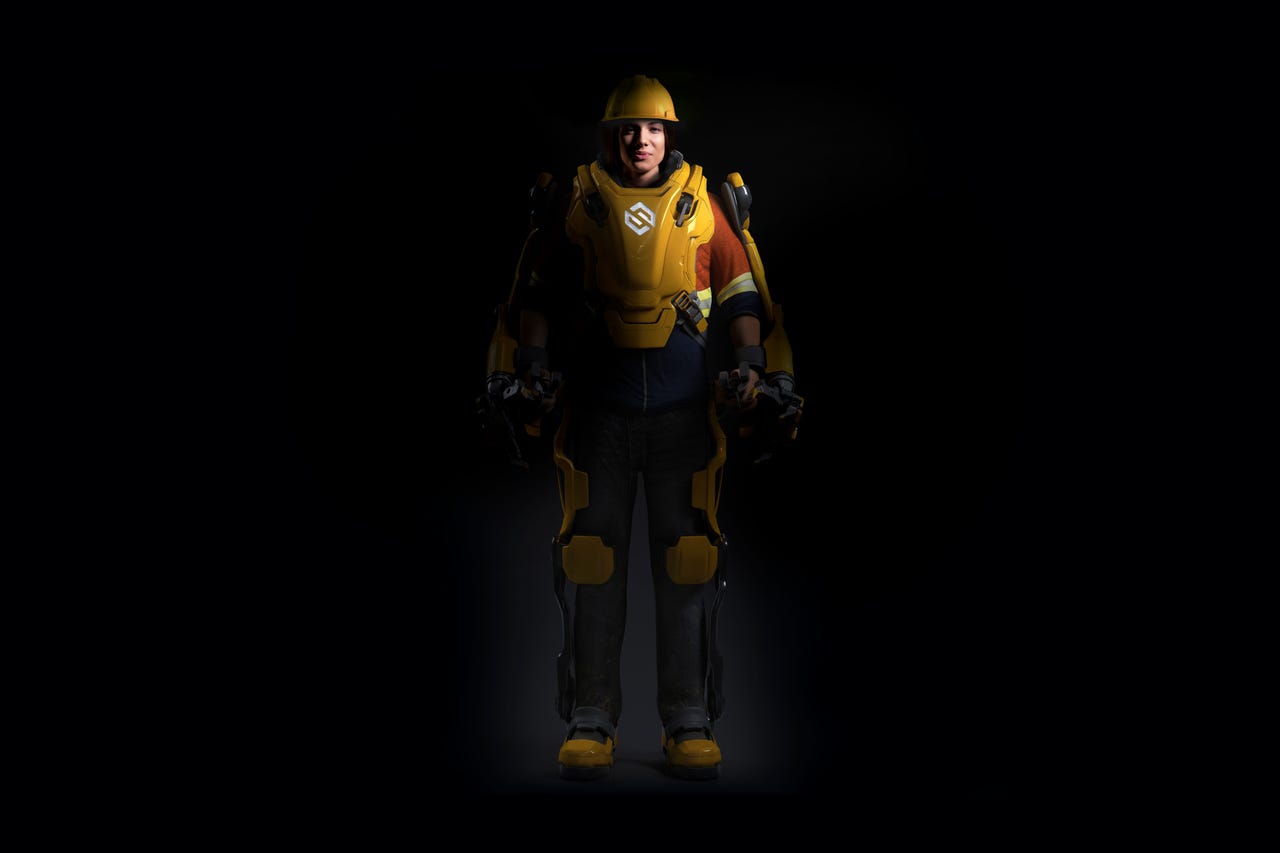Sarcos forms Exoskeleton Technical Advisory Group


Sarcos Robotics, maker of human-driven, dexterous robots for industries like construction and infrastructure inspection, just announced the formation of an Exoskeleton Technical Advisory Group (X-TAG).
The group will include executives from leading companies across industries like industrial manufacturing, automotive, aviation & aerospace, construction, oil & gas, and utilities, suggesting a diverse range of potential applications for Sarcos's industrial exoskeleton technology.
I've written before about how smart Sarcos has been positioning itself next to established industry partners.
The group's goals include identifying key performance and safety requirements necessary to bring big honkin robot suits to the workforce.
This is significant because exoskeleton technology is one of those categories that's been making headlines for a few years now but still hasn't broken out in a big way.
Companies like Ekso Bionics, along with a slew of followers, started out making exoskeleton devices for the rehab market. But it's clear that industry is where the money is, and there's been a shift recently to equip industrial workers with assistive devices to relieve strain associated with repetitive motions.
Ekso, for example, has been expanding its focus to include light industrial applications with devices like the EksoVest, a system that relieves up to 15 pounds of pressure on a user's shoulders and neck when they raise their arms overhead.
Ford is testing the ExoVest in one of its factories in hopes it can prevent injury and help improve worker output.
Sarcos is an outlier in that it's entering the exoskeleton market with industrial applications squarely in its crosshairs. It seems to have no plans to apply its technology to healthcare or mobility, which other developers have found are difficult markets to crack.
Sarcos has developed two exoskeletons under its Guardian line, the Guardian GT and the Guardian XO.
The former is a massive set of robotic arms that can be mounted on a mobile base. A human operator slips their arms into a set of nearby master controllers and teleoperates the robot via normal arm and finger movements.
The Guardian XO is a more traditional exoskeleton suit worn by the operator to augment strength and endurance. There's also a more powerful XO Max version of the suit. Both will be commercially available in 2019.
The Guardian systems are highly dexterous and capable of extended work sessions in a variety of different work environments.
That's borne out by X-TAG's member roster, which includes senior executives from Bechtel, BMW, Caterpillar, Delta Air Lines, GE, Schlumberger, Würth Industrie Service GmbH & Co. KG and other leading companies representing aviation, construction, heavy machinery, and utilities.
Those companies' participation, along with signs of early tests by established manufacturers like Ford, seems to portend the arrival of augmented humans on the job site sooner rather than later.